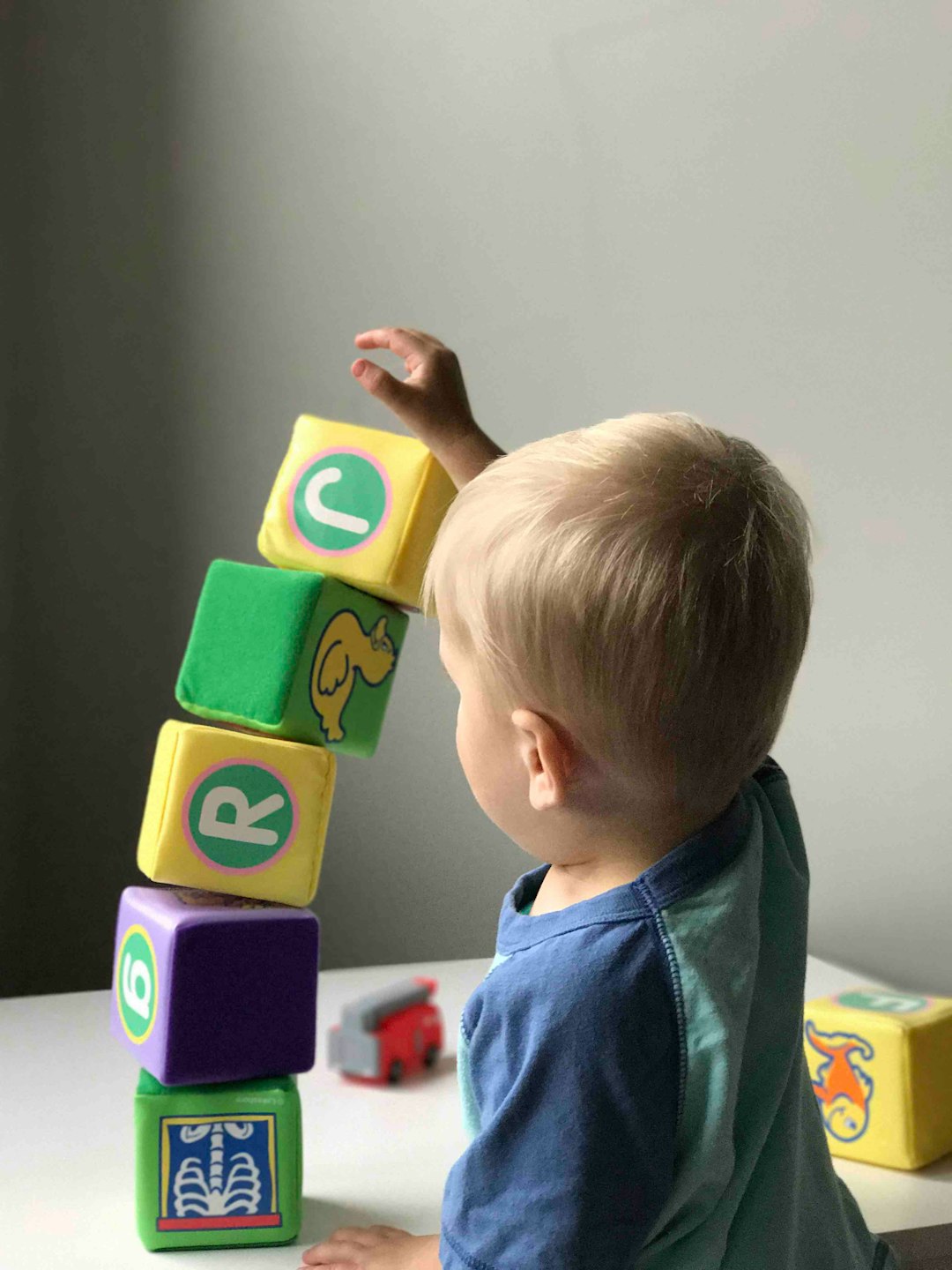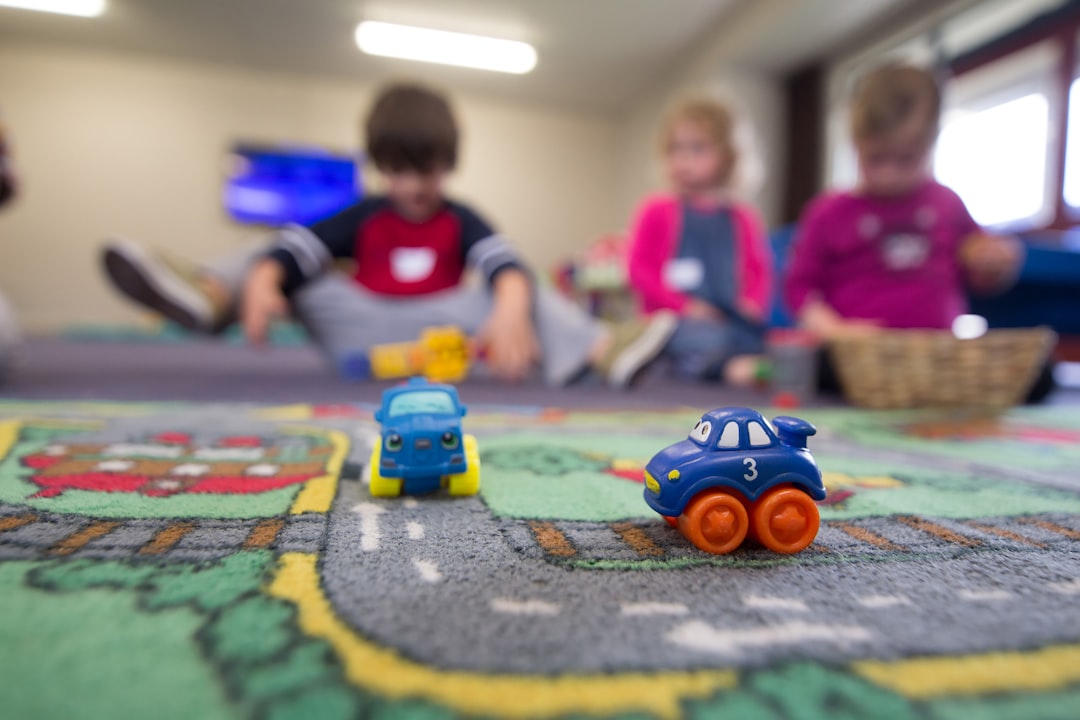Daycare abuse in St. Louis, MO, requires meticulous attention from staff and caregivers. Recognizing red flags like physical injuries, behavioral changes, or emotional cues is crucial for child safety. Prompt reporting to child protective services, facilitated by trained staff following established protocols, can prevent harm and ensure justice. St. Louis' stringent laws demand robust reporting procedures for suspected daycare abuse, with training, confidentiality, and accurate record-keeping as key elements. Effective communication, including documenting details and contacting CPS or law enforcement, is vital. Consulting a daycare abuse lawyer in St. Louis MO provides guidance on local laws and reporting, ensuring the safety of vulnerable children and holding perpetrators accountable.
In St. Louis, Missouri, the well-being of children in daycare facilities is paramount. However, identifying and reporting child abuse requires clear procedures. This article explores the significance of robust reporting mechanisms for suspected daycare abuse, emphasizing legal obligations and best practices. We delve into ‘understanding child abuse’ and ‘recognizing red flags’ specific to St. Louis (STL) facilities. Additionally, we discuss how effective communication strategies can empower professionals to report abuse, ultimately protecting children’s rights through stringent reporting guidelines. For parents and caregivers, knowing the role of a daycare abuse lawyer in STL is crucial.
Understanding Child Abuse: Recognizing Red Flags in STL Facilities

Child abuse is a complex and insidious issue that requires meticulous attention to detail in its recognition and reporting. In the context of STL facilities, such as daycares or schools, identifying potential red flags is paramount for ensuring the safety and well-being of children. Daycare abuse lawyer St. Louis MO emphasizes the need for staff and caregivers to be vigilant, as signs of abuse can vary widely. Physical indicators like unexplained injuries, frequent bruising, or behavioral changes may suggest a child is experiencing maltreatment. Emotional cues, such as extreme fear, withdrawal, or sudden aggression, should also raise concern.
Recognizing these red flags is the first step in a comprehensive reporting procedure. STL facilities must establish clear protocols for documenting and reporting suspected abuse, ensuring all staff are trained to identify potential cases. Prompt reporting to the appropriate authorities, like child protective services, is crucial to initiate investigations and provide necessary support to affected children. A daycare abuse lawyer St. Louis MO highlights that timely intervention can prevent further harm and ensure justice for victims.
The Role of Reporting Procedures: A Legal Perspective for Daycare Abuse Cases

In the context of daycare abuse, establishing robust reporting procedures is paramount from a legal standpoint. The state of Missouri, and specifically St. Louis, has stringent laws in place to protect children in care settings. A well-defined reporting system ensures that any suspected or witnessed instances of abuse are promptly documented and reported to the appropriate authorities. This is crucial as it not only facilitates timely interventions but also serves as a deterrent for potential perpetrators. Daycare abuse lawyers in St. Louis, MO, emphasize that these procedures are essential legal safeguards, protecting both the victims and the facilities themselves from potential liability.
Effective reporting involves training staff members to recognize indicators of abuse, understanding the chain of command for reporting, and ensuring confidentiality while maintaining accurate records. A daycare abuse lawyer in St. Louis, MO, will tell you that adhering to these protocols is not only a legal obligation but also a moral responsibility towards the children entrusted to their care.
Effective Communication: How to Report Suspected Abuse to Authorities

Effective communication is a cornerstone in reporting suspected child abuse, and it’s crucial that individuals in facilities like daycares, schools, or any setting where children are cared for, understand the process. When encountering situations that might indicate daycare abuse or neglect, whether through observation, conversations with parents, or personal knowledge, it’s essential to act swiftly yet responsibly. The first step is to document the details: date, time, specific behavior(s), and any relevant observations. This information will be vital when reporting to the proper authorities.
Contacting the local child protective services (CPS) or law enforcement is the next critical phase. Many states have hotlines dedicated to reporting abuse, ensuring confidentiality and prompt action. In St. Louis, MO, concerned individuals can reach out to a daycare abuse lawyer for guidance on reporting procedures, as they are familiar with local laws and resources. Effective communication involves providing accurate, unbiased information to help authorities make informed decisions regarding the child’s safety and well-being. It’s a collective responsibility to ensure that all reports are taken seriously and handled promptly, ultimately protecting vulnerable children from potential harm.
Protecting Children's Rights: The Impact of Strict Reporting Guidelines on St. Louis MO Daycares

In St. Louis, Missouri, protecting children’s rights is paramount, especially in light of potential daycare abuse. Strict reporting guidelines play a crucial role in ensuring that all instances of child maltreatment are promptly and accurately documented. These protocols empower daycare facilities to take immediate action, fostering an environment where every child feels safe and valued. By adhering to stringent reporting procedures, St. Louis MO daycare centers can safeguard the vulnerable and hold perpetrators accountable through the support of dedicated daycare abuse lawyers.
The impact of these guidelines is profound, serving as a critical shield for children’s well-being. When reporting mechanisms are in place, it becomes easier to identify patterns of abuse, allowing for timely interventions. This, in turn, can prevent further harm and provide the necessary support systems for recovery. Effective reporting procedures are not just about compliance; they are a vital tool in maintaining the integrity and security of daycare settings, ultimately shaping a safer future for children under their care.





